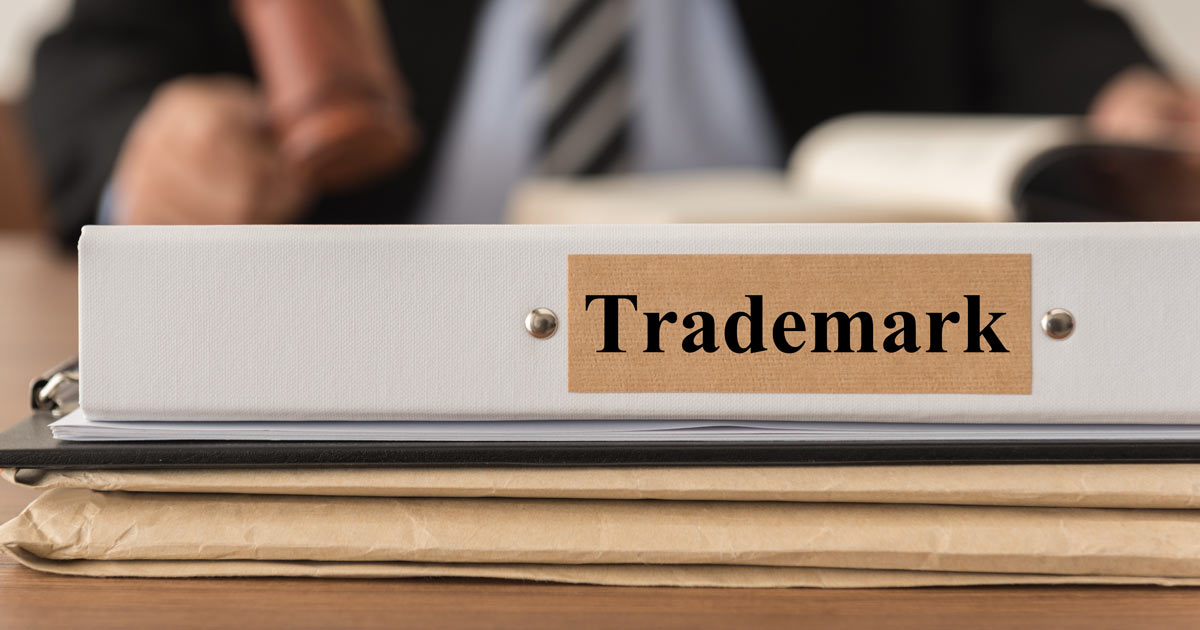How the Trademark Modernization Act Will Affect Everyone
As part of an appropriations bill in 2020, Congress passed the Trademark Modernization Act (“TMA”). Parts of it took effect on December 27, 2020 when it was signed, but much of the rest of it will become effective on December 27, 2021. The USPTO is delaying implementation of the remaining changes until June 27, 2022. The TMA is designed to decrease the “deadwood” of registrations which have not been used in US commerce or have become abandoned. It also shortens the response times for office actions, clarifies the presumption of irreparable harm in trademark cases, and modifies how representation works at the USPTO. So, the TMA will affect everyone.
The TMA’s first change, effective December 27, 2020, clarifies that there is a presumption of irreparable harm in trademark infringement cases. Before the TMA, there was a circuit split on this issue. Now, it will be easier for everyone to obtain injunctive relief in an infringement case.
Third parties who want to bring information to the USPTO Examiner’s attention during trademark examination have long been able to file Letters of Protest. The TMA expands the grounds for doing so. Now, essentially any grounds for opposition or cancellation of a trademark can now be grounds for a Letter of Protest.
The TMA also introduces two new methods to petition the USPTO Director to seek cancellation of registrations. These are much simpler than formal cancellation proceedings before the Trademark Trial and Appeal Board (“TTAB”).
The first petition method, Ex Parte Re-Examination, must be filed in the first five years of registration. After a reasonable investigation into the use, the petitioner can claim that the mark was actually not used in commerce as of certain relevant dates claimed by the registrant.
The second petition method, Expungement, can be filed between three to ten years after registration if the mark has never been or is not currently in use, in whole or in part. A reasonable investigation is required. Until December 27, 2023, however, a proceeding may be requested for any registration at least three years old, regardless of the ten-year limit.
Both petition methods will allow the registrant an opportunity to refute the allegations, with a decision then being made by the Director. Registrants can appeal unfavorable decisions to the TTAB.
Currently, attorneys are recognized as representatives during examination and while maintenance documents are being filed. Representation is deemed to end at registration, although the attorney is still listed as attorney of record. The TMA will now require attorneys to formally withdraw from representation if they no longer wish to be recognized as representatives at all times.
The TMA will allow shorter response times to office actions, but those changes will be implemented later, i.e., by June 27, 2022. The proposed rules indicate that the periods could be as short as 60 days, with an extension available up to six months if needed.
For more information on changes coming to trademark practice as a result of the TMA, we invite you to attend an LG Webinar presented by Kevin Thompson on November 10, 2021, at 12:00 PM. This 30-minute presentation will focus on the changes coming to trademark practice and how brand owners should prepare. To register, visit https://bit.ly/3lJqYx5.



